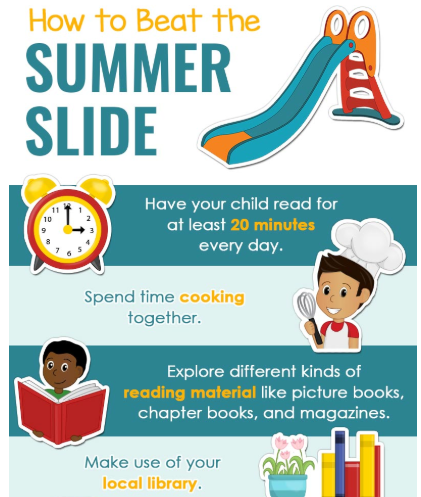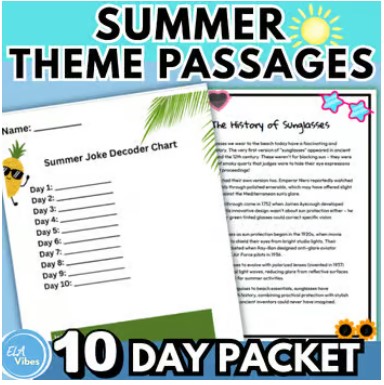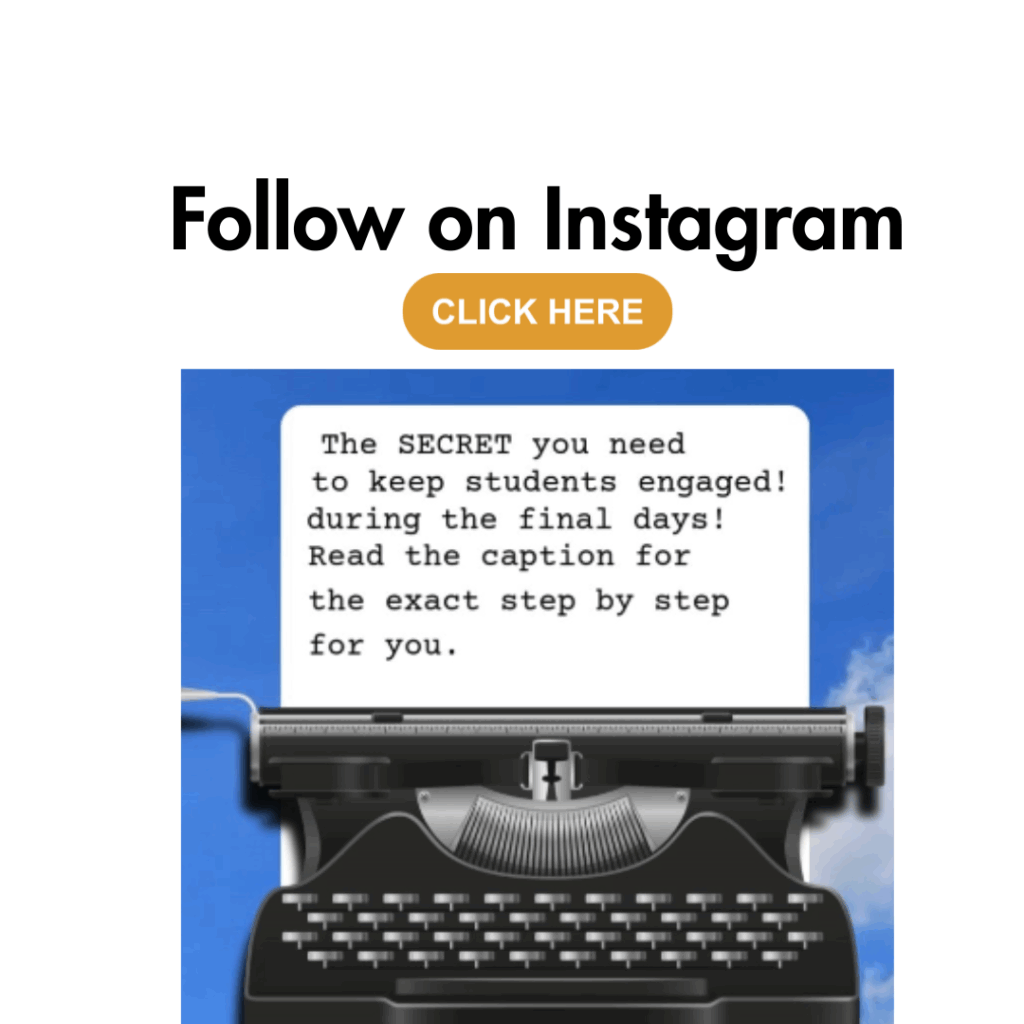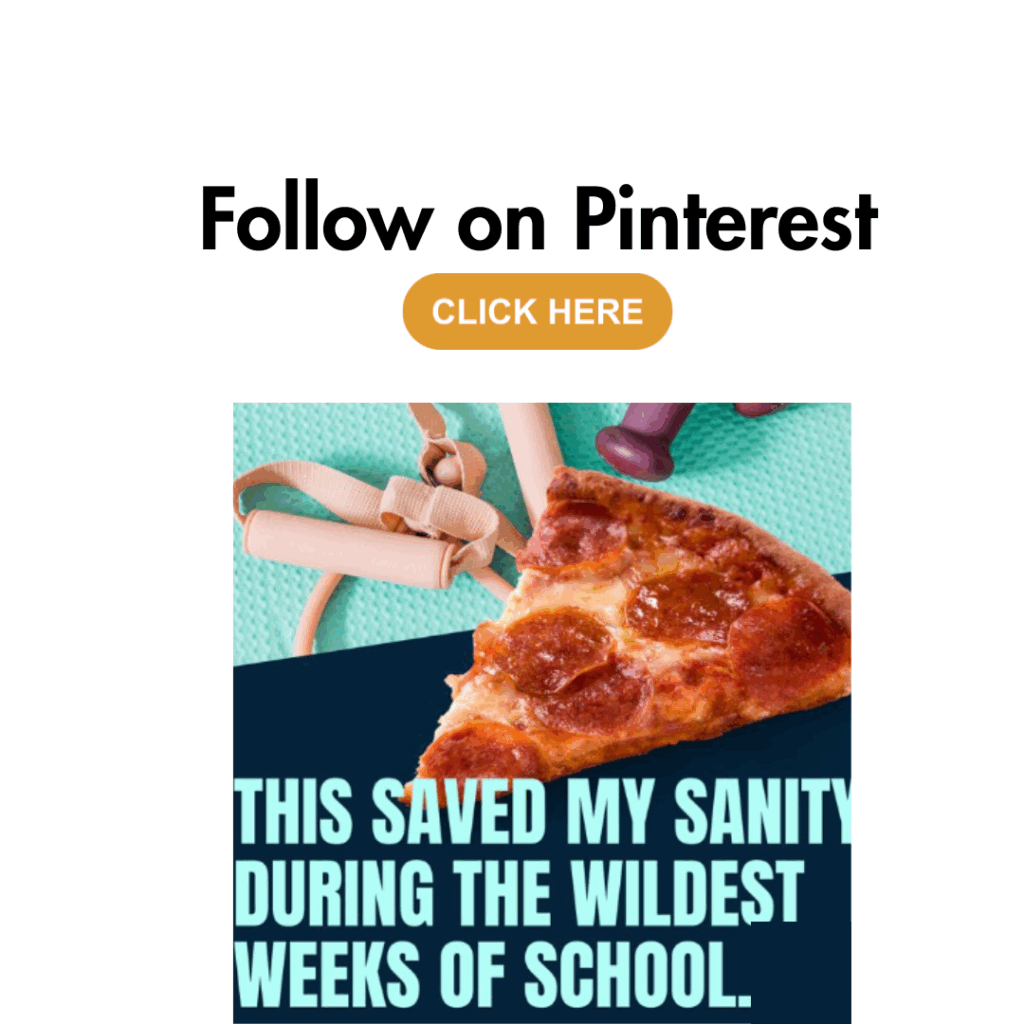Last updated on May 18th, 2025 at 02:08 pm

Every year, I feel like I start from scratch. But why do I feel that way? It’s what teachers call the summer slide. This post breaks down what it is, why it hits upper elementary the hardest, and how to start preventing the summer slide right now.
Understanding the Summer Slide in Upper Elementary
It is exactly how it sounds. Students regress or slide backwards in their skill development. In school, we provide structure and routine. At home, there is flexibility and possibly a reduction in stimulation, thanks video games! A combination of no sense of urgency, no practice, and just pure zoning out in front of the television results in this slide. The old saying is true, “If you don’t use it, then you loose it.”
Studies show that on average, 20 percent of school-year gains in reading is lost during summer break. This statistic may look gloom and doom, but I encourage you think of the summer slide as a setup not a set back.
Setup vs. set back
Setups are a mind-shift. It is a opportunity to pivot not pause.
- Missed growth goals? Set up differentiated reading game challenges.
- Kids unmotivated to read? Implement book clubs based around different genres.
- 2 grade levels behind? Use this a cue to revamp your small group activities.
- Can’t get everything in? Reprioritize and decide what is fluff and what is important.
Start with the low-hanging fruit and move from there.
One powerful setup is rethinking how you hook your students into a lesson. Narrow your focus. Let your agenda slides do the heavy lifting. Ask yourself what is my goal and what truly matters right now? These agenda slides use a fun theme that focuses on the priority areas: Lesson Objective, Reading Mini Lesson, Grammar Mini Lesson, and Exit Ticket. It’s not just cute, but it’s intentional.
Want premade themed agenda slides that do the heavy lifting for you? Check out this link for more details.
How do YOU Prevent the summer slide?
You can only control your classroom. So how do you set students up for success in the outside the classroom? Try these 3 tips.
- Daily Reading: Educate students on free websites that allow access to e-books such as Kidtopia and Unite for Literacy.
- Summer Reading Programs: Local Libraries and Barnes & Nobles are great places to start.
- Summer Fun Packets: Summer Themed Reading Passages and interactive activities.
Why 3rd-5th Graders are at risk for summer slide
Students in grades K-2 are learning to read. In grades 3rd and above, students are reading to learn. Did you catch the scramble of words-learning to read to reading to learn? That is intentional because students are moving to more analysis of text. I love analogies, so think of this jump like building a bicycle. In K-2 you learn how the wheels turn, how to balance, and how to pedal, but when you hit 3rd grade, you are now using that bike to explore the world and go places.
I love candy 🍭📚🍫 so let’s try a candy analogy. In grades K-2, students are unwrapping the individual candies, one sound and one word at at time. By 3rd grade, students are combining those candies into a full treat like mixing chocolate with Twizzlers (unusual but good) to get different flavors.
When the summer slide hits, it doesn’t just slow them down—it erodes confidence. Knowing what to expect in the fall helps you plan ahead and respond with intention.
Conclusion: Stop the Summer Slide Before It Starts
The summer slide doesn’t have to be thief that steals all your hard work from the year. By being proactive and educating students and families, you can start preventing the summer slide before the school year even ends.
Ready to stop reteaching and start progressing? 👆
Grab these tools to prevent the summer slide. Click on the image for more details. 👆












I get the summer set back. I like how you reframed the mind set to set up and not set back. Learning can still continue but look different than it does during the school year.